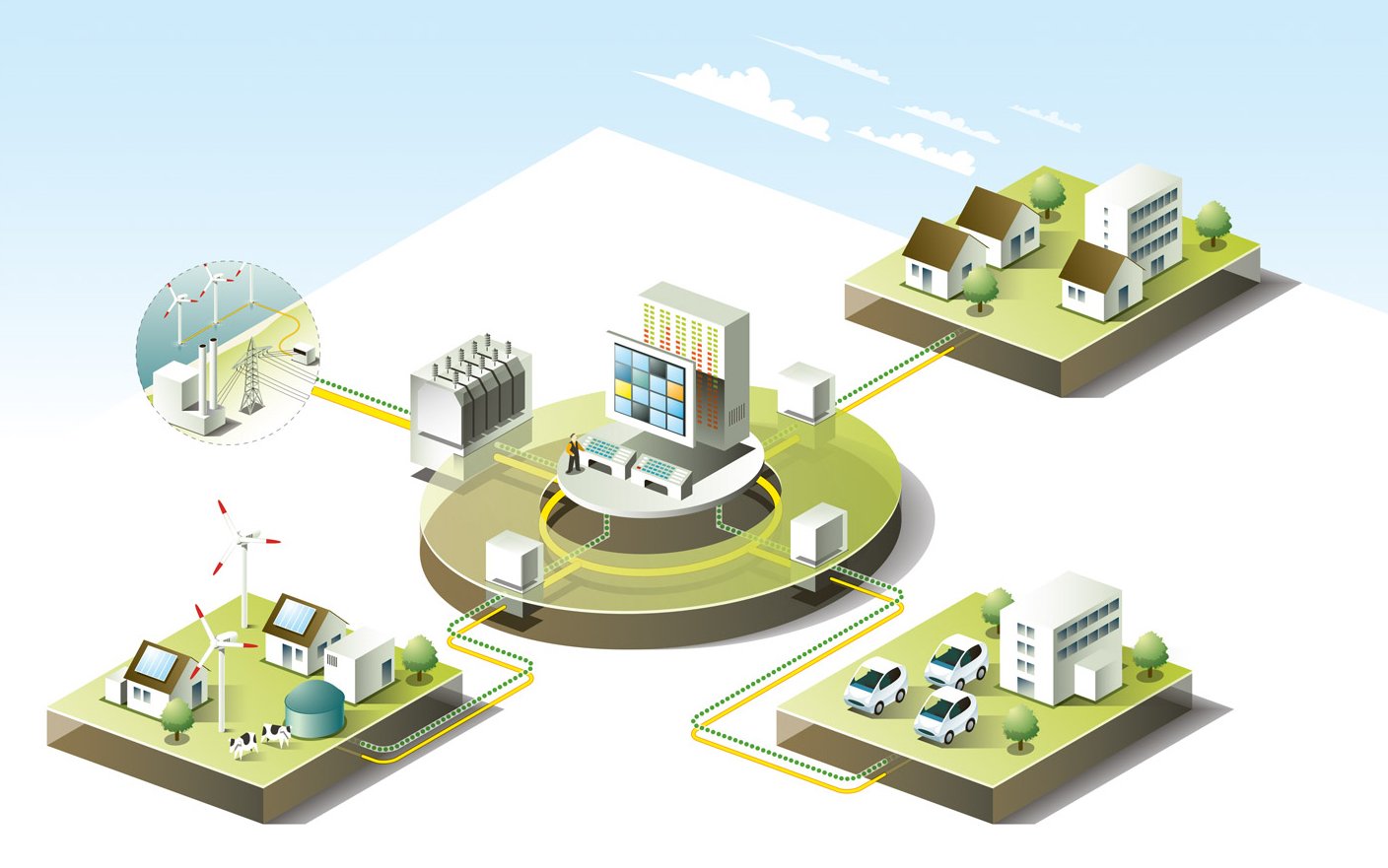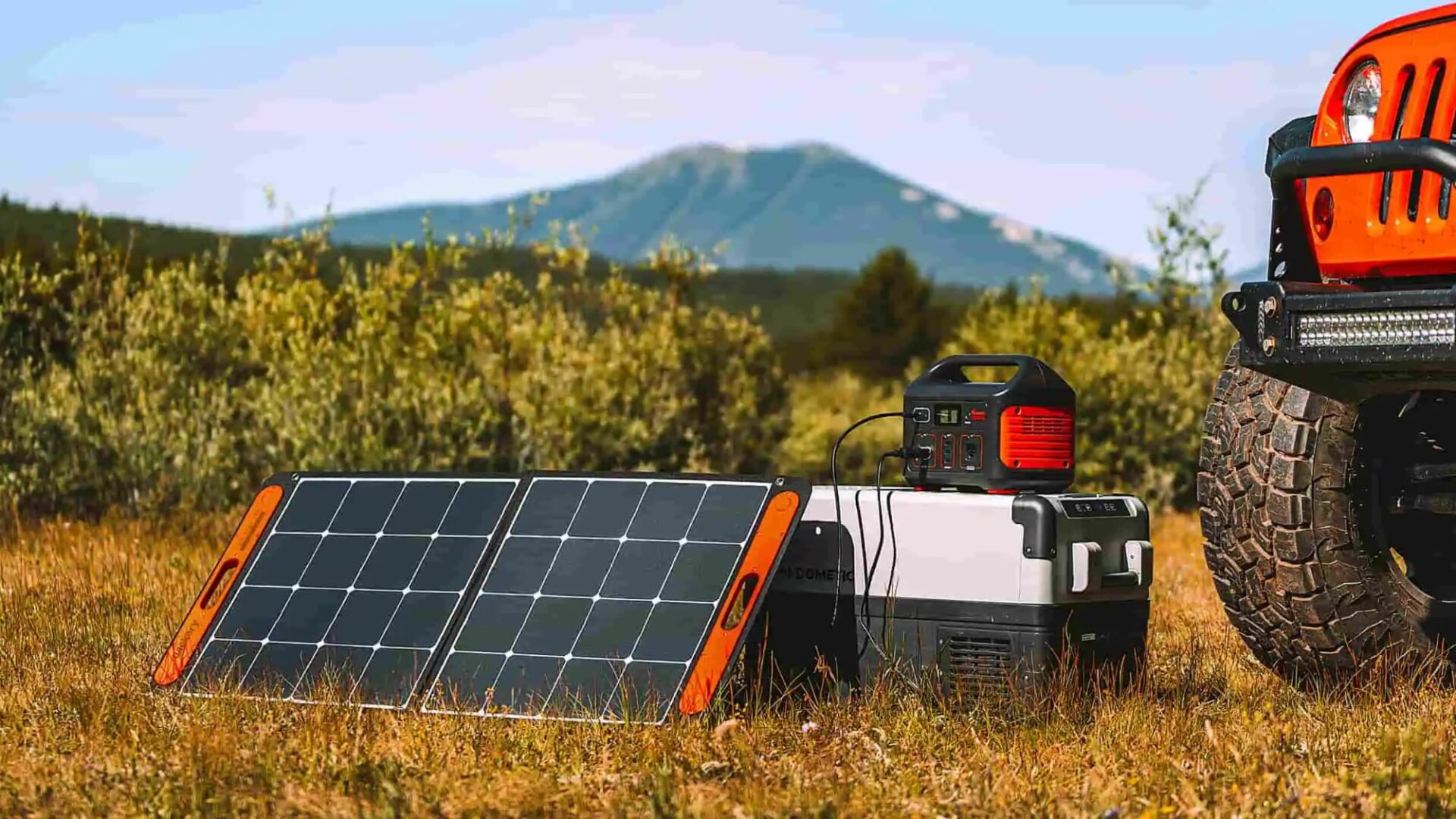Global Distributed Energy Generation market size was USD 401.74 Billion in 2023 and grow USD 1846.73 Billion by 2033 at a CAGR of 16.5% from 2024 to 2033.
Introduction
Distributed Energy Generation (DEG) systems are transforming the energy landscape by decentralizing power production. Unlike traditional centralized energy generation, which relies on large-scale plants, DEG systems generate power close to where it is used. This shift offers numerous benefits, including increased efficiency, reduced transmission losses, and enhanced energy security. The relevance of DEG systems is underscored by growing environmental concerns and the push for sustainable, renewable energy sources.
Market Overview
Global Market Size and Growth
The global DEG systems market has seen robust growth over the past decade, driven by technological advancements, regulatory support, and increasing awareness of environmental issues. According to recent reports, the market is projected to grow from USD 401.74 Billion in 2023 and grow USD 1846.73 Billion by 2033 at a CAGR of 16.5% from 2024 to 2033.
Key Market Drivers
- Technological Advancements: Innovations in solar panels, wind turbines, and energy storage solutions.
- Regulatory Support: Government incentives and policies promoting renewable energy adoption.
- Environmental Concerns: Rising awareness of climate change and the need to reduce carbon footprints.
- Cost Reductions: Decreasing costs of renewable energy technologies making DEG systems more affordable.
Types of DEG Systems
Solar Photovoltaic (PV) Systems
Solar PV systems convert sunlight directly into electricity using photovoltaic cells. These systems are popular due to their scalability and the abundance of solar energy.
Wind Energy Systems
Wind turbines harness kinetic energy from the wind and convert it into electrical power. Suitable for both onshore and offshore installations, wind energy is a reliable and renewable source.
Combined Heat and Power (CHP) Systems
CHP systems, also known as cogeneration, simultaneously produce electricity and useful heat from a single fuel source. This method increases efficiency by utilizing the waste heat generated during power production.
Biomass Energy Systems
Biomass systems convert organic materials such as agricultural waste, wood, and dedicated energy crops into electricity. This renewable energy source can be particularly effective in rural and agricultural areas.
Fuel Cells
Fuel cells generate electricity through an electrochemical reaction, typically using hydrogen as a fuel. They are known for their high efficiency and low environmental impact.
Applications of DEG Systems
Residential
Homeowners are increasingly adopting DEG systems to reduce energy bills and reliance on the grid. Solar PV panels and small wind turbines are common choices for residential applications.
Commercial
Businesses utilize DEG systems to lower operational costs and enhance sustainability. Commercial buildings often implement rooftop solar panels and CHP systems.
Industrial
Industrial facilities benefit from DEG systems by improving energy efficiency and reducing greenhouse gas emissions. Large-scale installations, such as wind farms and biomass plants, are typical in this sector.
Agricultural
DEG systems support agricultural operations by providing power for irrigation, heating, and cooling. Biomass and biogas systems are particularly useful for farms due to the availability of organic waste.
Benefits of DEG Systems
Environmental Benefits
- Reduced Carbon Emissions: DEG systems primarily use renewable energy sources, significantly cutting down carbon dioxide emissions.
- Sustainable Energy: Promotes the use of sustainable and renewable energy, helping to combat climate change.
Economic Benefits
- Lower Energy Costs: On-site energy generation reduces dependence on expensive grid electricity.
- Job Creation: Growth in the DEG sector leads to new job opportunities in manufacturing, installation, and maintenance.
Reliability and Security
- Energy Security: Reduces vulnerability to grid disruptions and enhances energy independence.
- Grid Stability: Distributed systems contribute to a more resilient and stable grid by balancing supply and demand locally.
Challenges and Limitations
Initial Capital Costs
The upfront costs for installing DEG systems can be high, although these are often offset by long-term savings and government incentives.
Intermittency of Renewable Sources
Solar and wind energy depend on weather conditions, leading to intermittency issues. Energy storage solutions are essential to address this challenge.
Regulatory and Policy Barriers
Inconsistent policies and regulatory frameworks can hinder the adoption of DEG systems. Clear and supportive regulations are needed to facilitate growth.
Technical Challenges
Integrating DEG systems with the existing grid infrastructure requires advanced technology and expertise to ensure compatibility and efficiency.
Receive the FREE Sample Report of Distributed Energy Generation (DEG) Systems Market Research Insights @ https://stringentdatalytics.com/sample-request/distributed-energy-generation-(deg)-systems-market/16405/
Market Segmentations:
Global Distributed Energy Generation (DEG) Systems Market: By Company
GE
Ballard
Calnetix
CPST
Cargo & Kraft
Caterpillar Power Plants
ClearEdge
Enercon
E.ON SE
Siemens
Gilkes
Goldwind
GUGLER
OPRA Turbines
Rolls-Royce
Suzlon
Yingli Solar
Global Distributed Energy Generation (DEG) Systems Market: By Type
CHP
Solar Photovoltaic
Wind Turbine
Fuel Cells
Global Distributed Energy Generation (DEG) Systems Market: By Application
Residential
Building
Institution
Commercial
Regional Analysis of Global Distributed Energy Generation (DEG) Systems Market
All the regional segmentation has been studied based on recent and future trends, and the market is forecasted throughout the prediction period. The countries covered in the regional analysis of the Global Distributed Energy Generation (DEG) Systems market report are U.S., Canada, and Mexico in North America, Germany, France, U.K., Russia, Italy, Spain, Turkey, Netherlands, Switzerland, Belgium, and Rest of Europe in Europe, Singapore, Malaysia, Australia, Thailand, Indonesia, Philippines, China, Japan, India, South Korea, Rest of Asia-Pacific (APAC) in the Asia-Pacific (APAC), Saudi Arabia, U.A.E, South Africa, Egypt, Israel, Rest of Middle East and Africa (MEA) as a part of Middle East and Africa (MEA), and Argentina, Brazil, and Rest of South America as part of South America.
Click to Purchase Distributed Energy Generation (DEG) Systems Market Research Report @ https://stringentdatalytics.com/purchase/distributed-energy-generation-(deg)-systems-market/16405/?license=single
Latest Innovations
Advanced Energy Storage Solutions
Developments in battery technology, such as lithium-ion and solid-state batteries, are critical for storing energy produced by intermittent renewable sources.
Smart Grid Technology
Smart grids enhance the efficiency and reliability of DEG systems by using digital technology to manage electricity distribution intelligently.
Microgrids
Microgrids are localized grids that can operate independently from the central grid. They enhance energy security and reliability, particularly in remote or disaster-prone areas.
Future Prospects
Growth in Developing Markets
Emerging economies are increasingly adopting DEG systems to meet growing energy demands and enhance energy access in rural areas.
Integration with Electric Vehicles (EVs)
The rise of electric vehicles presents opportunities for DEG systems to provide charging infrastructure, creating a synergistic relationship between renewable energy and transportation.
Policy and Incentive Developments
Continued support through favorable policies and incentives will be crucial in driving the adoption of DEG systems globally.
Comparative Analysis
DEG Systems vs. Centralized Power Generation
- Efficiency: DEG systems are generally more efficient due to reduced transmission losses.
- Environmental Impact: DEG systems have a lower environmental impact as they primarily use renewable energy sources.
- Scalability: Centralized power plants can be more easily scaled up, but DEG systems offer greater flexibility and modularity.
About Stringent Datalytics
Stringent Datalytics offers both custom and syndicated market research reports. Custom market research reports are tailored to a specific client’s needs and requirements. These reports provide unique insights into a particular industry or market segment and can help businesses make informed decisions about their strategies and operations.
Syndicated market research reports, on the other hand, are pre-existing reports that are available for purchase by multiple clients. These reports are often produced on a regular basis, such as annually or quarterly, and cover a broad range of industries and market segments. Syndicated reports provide clients with insights into industry trends, market sizes, and competitive landscapes. By offering both custom and syndicated reports, Stringent Datalytics can provide clients with a range of market research solutions that can be customized to their specific needs.
Reach US
Stringent Datalytics
+1 346 666 6655
Social Channels:




Leave a Reply